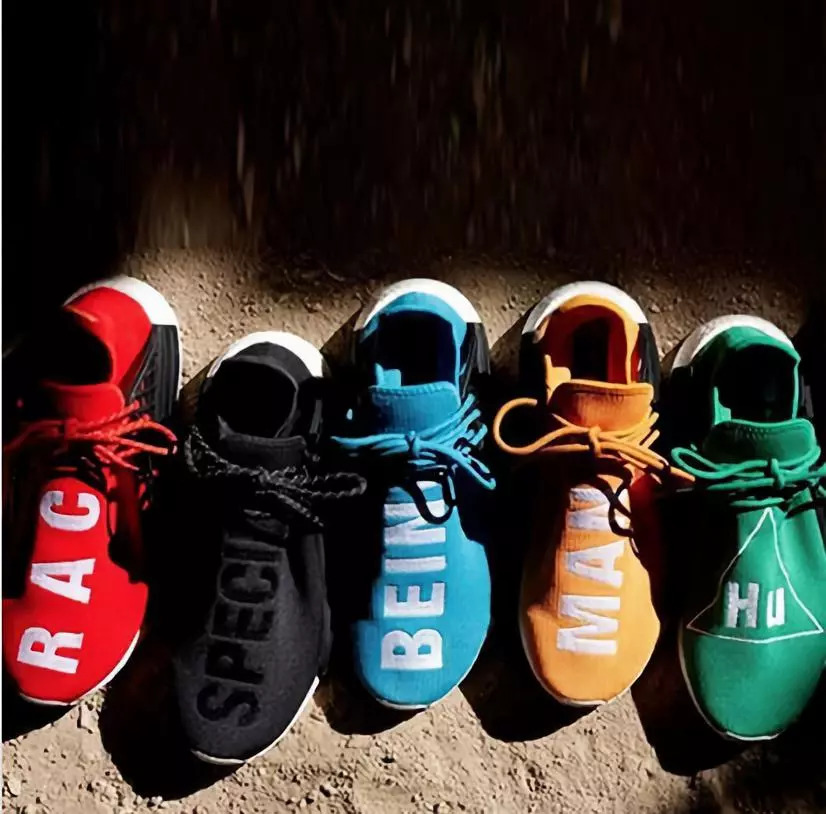Knitting a Men’s Scarf: A Guide to the Number of Stitches
This guide will teach you the number of stitches needed to knit a men's scarf. Whether you're a beginner or an experienced knitter, this article will provide you with the information you need to create a beautiful and functional men's scarf. From the basic materials needed to the number of stitches required, this guide has everything you need to get started. So, pick up your knitting needles and get ready to create a stunning men's scarf that will keep him warm all winter long.
When it comes to knitting a men’s scarf, the number of stitches you need to cast on depends on several factors: the desired length and width of the scarf, the type of yarn you’re using, and even the specific pattern you’ve chosen. Here, we’ll explore these considerations in detail to help you determine the ideal number of stitches for your project.

1. Desired Length and Width
The first step is to decide on the finished size of your scarf. Men’s scarves tend to be longer and wider than those intended for women, but the exact dimensions depend on personal preference. You’ll need to strike a balance between length and width to create a scarf that’s both practical and stylish.
Length:Scarves for men can range from 50 to 60 inches in length. This ensures that it’s long enough to wrap around the neck several times without feeling excessive.
Width:The width of the scarf also varies, but a good rule of thumb is to aim for about 8 to 10 inches. This provides ample room to drape over the shoulders without being too bulky.
2. Type of Yarn
The type of yarn you choose will also affect the number of stitches you’ll need. Different yarns have different levels of thickness and weight, which can impact both the look and feel of your scarf.
Thick Yarns:If you’re using a thicker yarn, such as wool or acrylic, you may need fewer stitches to achieve the desired width. These yarns tend to be more bulky and may require less detail than thinner yarns.
Thin Yarns:Thinner yarns, such as cotton or silk, require more stitches to create a scarf of equivalent width. This is because they’re more delicate and need more structure to maintain their shape.
3. Pattern and Stitch Type
The pattern you choose can also influence the number of stitches you need. Some patterns, such as those with intricate details or large motifs, may require more stitches to execute properly. Simple patterns, on the other hand, may need fewer.

Complex Patterns:If you’re planning on using a complex pattern, it’s essential to count the number of stitches required for each pattern repeat. This ensures that your scarf will have the desired visual impact.
Simple Patterns:For simple patterns or solid-color scarves, you may not need as many stitches. These designs often rely on the yarn’s texture and color rather than intricate stitching.
Calculating the Number of Stitches
To determine the exact number of stitches you’ll need, it’s best to consult a pattern or use a formula specific to the type of yarn and stitch you’re using. However, as a general guide:
For a medium-weight yarn and a standard stockinette stitch, aim for about 20 to 25 stitches per inch.
For a thicker yarn or a more open stitch pattern, reduce this to 15 to 20 stitches per inch.
For a thinner yarn or a more dense stitch pattern, increase it to 30 or more stitches per inch.
Remember to take into account any ease needed for comfort and style when determining your stitch count. Adjustments can always be made as you work, so don’t be afraid to experiment a little to find what works best for your vision. With these considerations in mind, you’ll be well on your way to creating a stunning men’s scarf that’s both practical and stylish.
Articles related to the knowledge points of this article:
Title: The Enchanting World of Tie cartoons: A Journey through Timeless Style
Boys’ Winter Coats: A Fashion Guide
Goose Down and Feather: The Ultimate Guide to羽绒鹅绒
Title: How to Clean a Tie - A Comprehensive Guide
Long Jacket Styling: A Fashion Guide for Cold Weather
Title: The rise of the down coat: a fashion trend thats keeping us warm this winter



